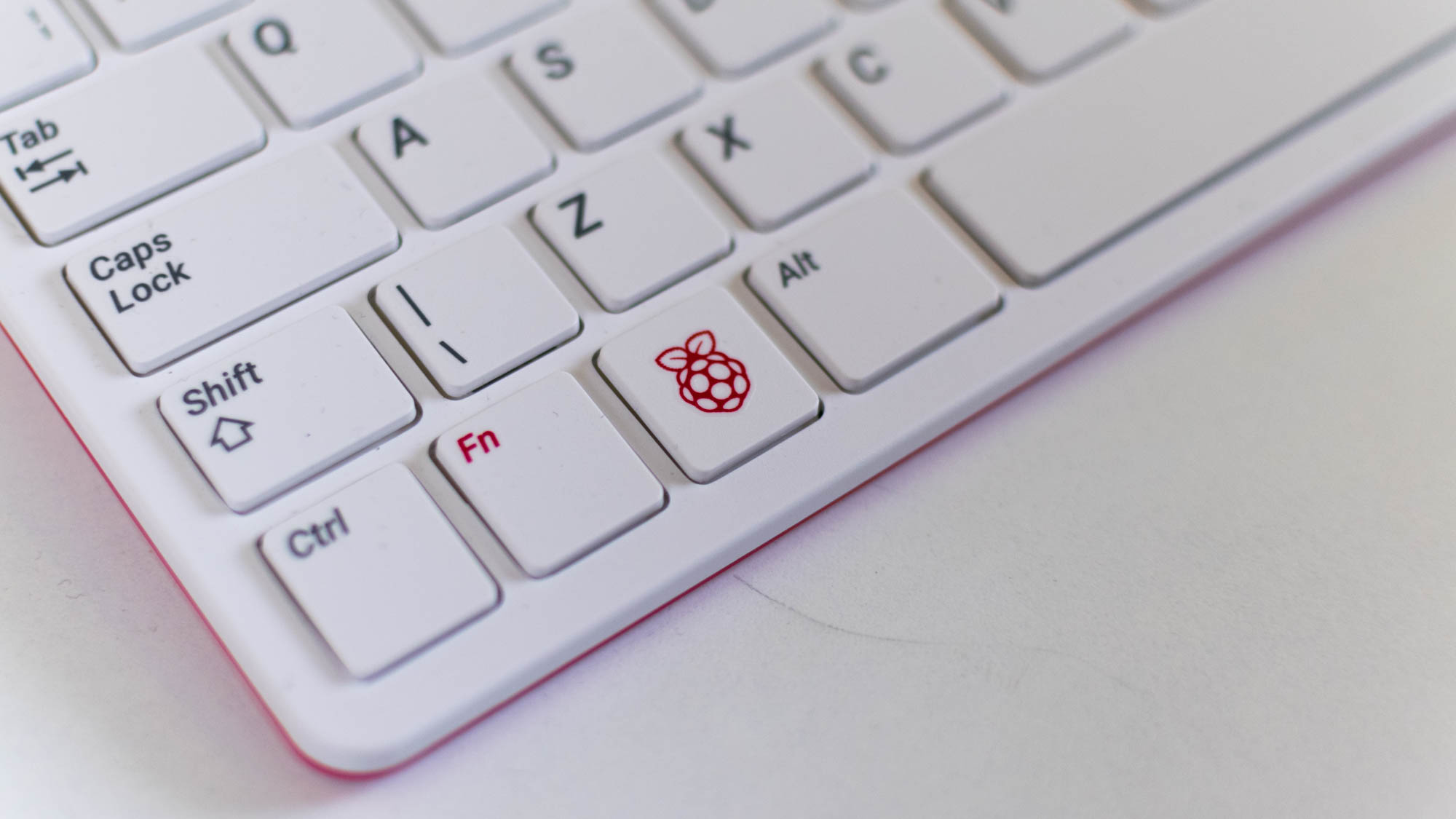Raspberry Pi is “booting up” its channel relationships
New all-in-one device looks set to excite partners


Raspberry Pi is increasing its presence in the channel market, CEO Eben Upton has said, aiming its newest product – the Raspberry Pi 400 – at thin-client deployments such as call centres.
“Our channel relationships are very embryonic, actually, because until we had Raspberry Pi 4, outside of some niche Citrix wins, we didn’t really have a product that was suitable for this market,” Upton said.
“We are booting up those channel relationships now. We started booting them up last year around Raspberry Pi 4; people we’ve shown Raspberry Pi 400 to in that space have been very, very enthusiastic about it.”
Speaking on the IT Pro Podcast, the founder said the organisation is planning to leverage the increased hardware power of the newly-released device, along with its improved web performance, to access Citrix’s desktop virtualisation products.
“We have a fantastic relationship with Citrix,” Upton said. “I think increasingly, you find that people who were using Windows Laptops are actually using them to access various sorts of terminal server sessions running somewhere else. There are a lot of commercial users deploying Raspberry Pi 3 or 3+ based thin-clients that are running Windows on a blade server somewhere and then remoting into the desktop. Raspberry Pi 4 continues that, and Raspberry Pi 400 continues it again.”
Raspberry Pi has some presence in the enterprise market; the company’s stripped-down ‘compute module’ has proved popular for prototyping and for enterprise IoT deployments, and its partnership with Citrix has resulted in Raspberry Pis powering around a third of the seats in Denmark’s national healthcare service. It has yet to achieve mainstream success as a business device, but the organisation is hoping to change that with its latest device.
The Pi 400 is a unique product in the company’s range, consisting of a Raspberry Pi 4 housed in the body of the official Raspberry Pi keyboard. Along with making it an all-in-one plug-and-play device, the design also allows for greater thermal efficiency, which means higher clock speeds and better performance.
ChannelPro Newsletter
Stay up to date with the latest Channel industry news and analysis with our twice-weekly newsletter
The Pi 400’s $100 price and self-contained nature, the company hopes, will make it an attractive option for organisations seeking a low-cost thin-client endpoint. As with the Raspberry Pi 4 itself, the Pi 400 supports dual display outputs – a feature, Upton revealed, that was specifically added at the request of Citrix.
“The dual display output is very important, actually. One thing we discovered from our engagements with corporate thin client customers with Raspberry Pi 3 is that you can only access a very small fraction of the market if you only have one display output.”
“It’s actually why the Raspberry Pi 4 has two display outputs,” he said; “because Citrix told us that their integrator partners were struggling to sell Raspberry Pi 3 into thin client accounts, because it didn’t support two displays. So now we do.”
Adam Shepherd has been a technology journalist since 2015, covering everything from cloud storage and security, to smartphones and servers. Over the course of his career, he’s seen the spread of 5G, the growing ubiquity of wireless devices, and the start of the connected revolution. He’s also been to more trade shows and technology conferences than he cares to count.
Adam is an avid follower of the latest hardware innovations, and he is never happier than when tinkering with complex network configurations, or exploring a new Linux distro. He was also previously a co-host on the ITPro Podcast, where he was often found ranting about his love of strange gadgets, his disdain for Windows Mobile, and everything in between.
You can find Adam tweeting about enterprise technology (or more often bad jokes) @AdamShepherUK.
-
 CyberOne appoints Microsoft’s Tracey Pretorius to its advisory board
CyberOne appoints Microsoft’s Tracey Pretorius to its advisory boardNews The threat intelligence leader will provide strategic guidance to CyberOne’s executive team
By Daniel Todd
-
 CISA issues warning in wake of Oracle cloud credentials leak
CISA issues warning in wake of Oracle cloud credentials leakNews The security agency has published guidance for enterprises at risk
By Ross Kelly